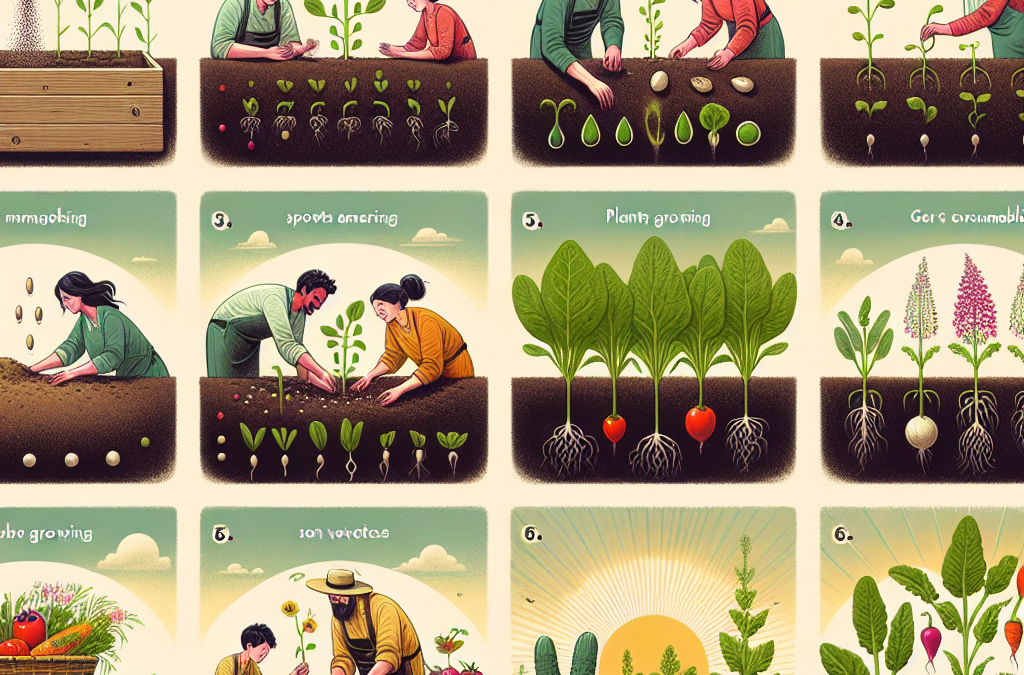Gardening is a rewarding hobby that can provide you with fresh, healthy produce right from your own backyard. However, growing vegetables requires more than just planting seeds and waiting for them to grow. In this guide, we will cover everything you need to know about growing vegetables successfully, from soil preparation to harvesting and storage.
Soil Preparation and Planting
The first step to growing vegetables is to prepare the soil. Start by removing any debris or weeds from the area where you plan to garden. Next, test the soil to determine its pH level. Most vegetables prefer slightly acidic soil with a pH between 6.0 and 7.0. If your soil is too alkaline or acidic, you may need to add amendments such as lime or sulfur to adjust the pH.
Once the soil has been prepared, it’s time to start planting. Depending on the type of vegetable you are growing, you may be able to direct sow the seed into the ground or start seedlings indoors before transplanting them outside. Follow the instructions on the seed packet carefully to ensure proper germination.
Caring for Your Plants
After planting, you will need to care for your plants regularly. This includes watering, fertilizing, and pruning. How much you need to water your plants depends on factors like temperature, humidity, and rainfall. A good rule of thumb is to water deeply once per week, allowing the water to penetrate at least six inches into the soil. Fertilizer should also be applied periodically to help boost growth and yield. Finally, pruning can help keep your plants healthy by removing dead or diseased foliage and promoting airflow.
Pests and Diseases to Watch Out For
Unfortunately, no matter how well you take care of your plants, they may still fall victim to pests and diseases. Some common pests include aphids, slugs, and snails. To prevent these pests from damaging your crops, consider using natural remedies like companion planting or handpicking. Common diseases include blossom end rot, powdery mildew, and verticillium wilt. These diseases can often be prevented through proper soil management and crop rotation.
Harvesting and Storage
Finally, when your vegetables are ready to be harvested, make sure to do so at the optimal stage of maturity. For example, tomatoes should be picked when they are fully ripe but still firm, while carrots should be pulled when they reach their desired size. Once harvested, store your vegetables properly to extend their shelf life. For instance, root vegetables like potatoes and carrots should be stored in a cool, dark place, while leafy greens like lettuce and spinach should be wrapped in damp paper towels and kept in the refrigerator.
Troubleshooting Common Problems
If you run into problems during the growing season, don’t despair! There are many resources available online and at local nurseries that can help you troubleshoot common issues. Some common problems include poor germination, stunted growth, and yellow leaves. By taking proactive steps to address these issues early on, you can help ensure a successful harvest come fall.
In conclusion, growing vegetables can be both challenging and rewarding. With careful planning, attention to detail, and a bit of luck, you can enjoy a bountiful harvest of delicious, nutritious veggies straight from your own backyard.





